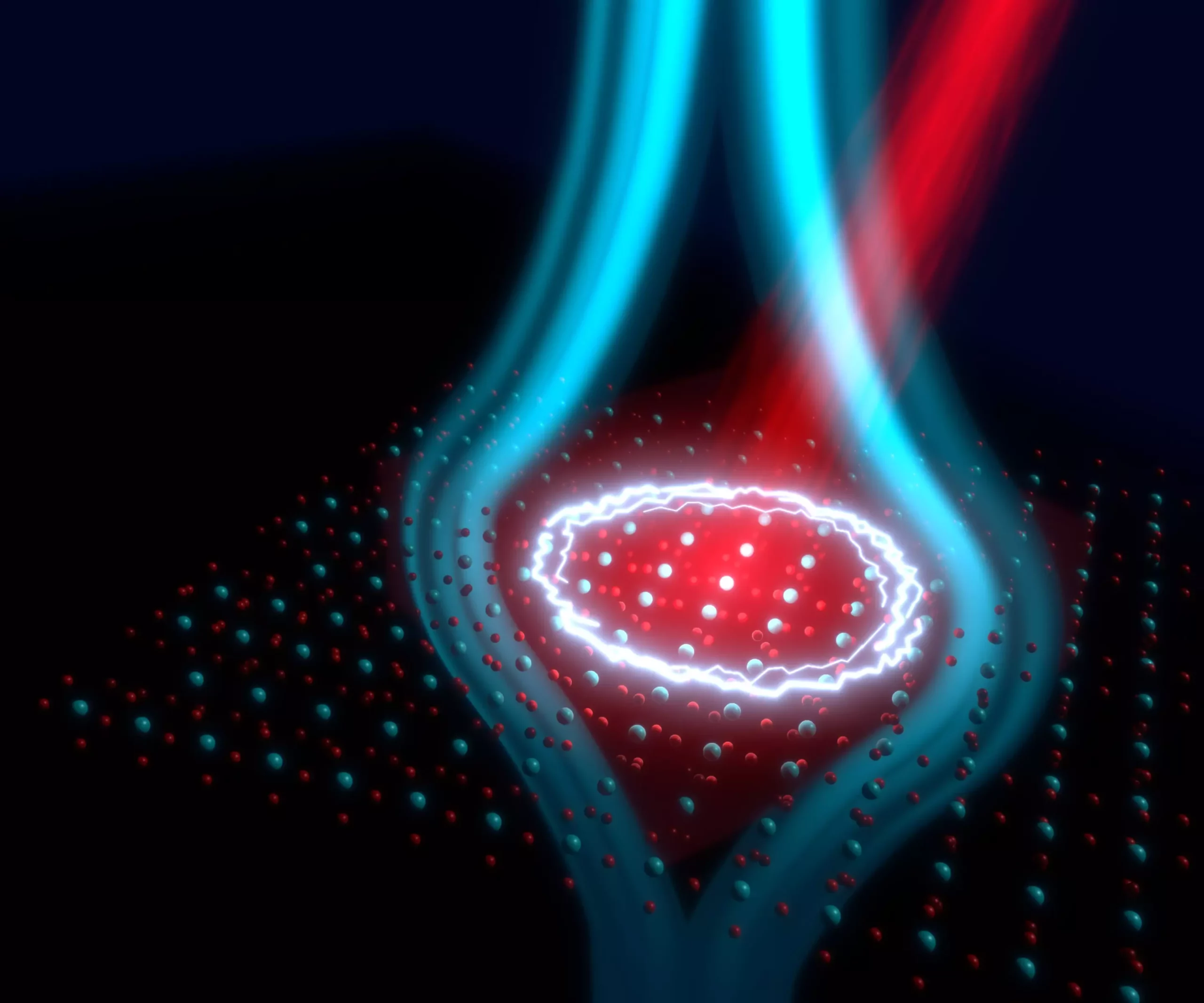Superconductivity is often coined a ‘miracle’ of material science; it’s an extraordinary state where electrical resistance vanishes completely, enabling the unhindered flow of current. This remarkable property is typically observed at ultra-low temperatures, a challenging condition for practical applications. However, recent advances have ignited interest in a new territory – superconductivity at higher temperatures, specifically through non-equilibrium states. Researchers have begun to unravel the potential of what is commonly referred to as “light-induced superconductivity,” a term that encapsulates the excitement surrounding this emerging field of study.
Breaking Conventional Boundaries
Traditionally regarded as a phenomenon confined to frigid temperatures, superconductivity is now being glimpsed in scenarios where materials are excited away from thermal equilibrium. Studies have introduced the concept that by subjecting certain superconductors to laser pulses, we can momentarily replicate superconductive properties at much higher temperatures, even reaching levels close to ambient conditions. This finding not only broadens our understanding of superconductors but also opens doors to applications previously unimagined, such as ultrafast electronic devices. This revolutionary approach introduces the potential for devices that operate with speed and efficiency akin to what was once considered science fiction.
Groundbreaking Experiments by Leading Scientists
At the forefront of this groundbreaking research is a team from the Max Planck Institute for the Structure and Dynamics of Matter, led by Andrea Cavalleri. Their ingenious experiments on the compound YBa2Cu3O6+x have uncovered compelling evidence of superconductivity under laser irradiation. Unlike typical superconductors that display their unique properties only at extreme temperatures, the team has demonstrated that YBa2Cu3O6.48 can expel static magnetic fields when excited by laser pulses. This feat of extracting magnetic properties from a material that usually would require subzero conditions represents a pivotal advancement in our understanding of superconductivity.
The intricate experiments utilize a technique that allows researchers to monitor the magnetic behavior of superconducting materials with remarkable precision. By positioning a spectator crystal near the superconducting sample, they can track minute changes in magnetic fields via femtosecond laser pulse interactions. This method marks a significant technological leap, as it allows scientists to visualize and understand phenomena that occur over picoseconds – a scale previously deemed elusive.
Insights into Magnetic Field Expulsion
The findings are astonishing. The discovery that laser-excited YBa2Cu3O6.48 not only exhibits near-zero electrical resistance but also successfully expels a static magnetic field offers profound implications. This duality solidifies the parallels between traditional and light-induced superconductivity, offering insights into how the excitation of materials could pave pathways toward realizing superconductivity at higher, more accessible temperatures.
As co-author Michele Buzzi succinctly articulates, the expelled magnetic field correlates closely to that seen in equilibrium conditions at much lower temperatures. If research continues to progress, driving materials toward superconductivity under room temperature could transition from a theoretical framework to a tangible reality.
Exploring New Frontiers with Tailored Light Pulses
The pursuit of light-induced superconductivity delves deep into the microcosmic physics underlying this behavior. As Gregor Jotzu observes, the findings could lend credence to theories surrounding fluctuating superconducting orders. Even when temperatures exceed the conventional superconducting transition threshold, vestiges of this state persist, resembling a disordered configuration. This elusive quality hints at a synchronized state that can be cultivated with tailored laser excitation, potentially revolutionizing our approach to superconductivity and its applications.
As researchers continue to probe the nature of light-induced superconductivity, the perspective on phase transitions and quantum materials shifts dramatically. By bridging theoretical insights with experimental play, we stand on the precipice of a new age in materials science, where the temperature constraints of superconductors may very well become obsolete.
In this unfolding narrative, superconductivity rises as a beacon of technological promise, urging us to rethink our paradigms and redefine the boundaries of material capabilities. The implications of this research extend beyond scientific inquiry, setting the stage for a future where energy loss is minimized and efficiency maximized, embodying the heart of innovation that defines our modern age.


Leave a Reply